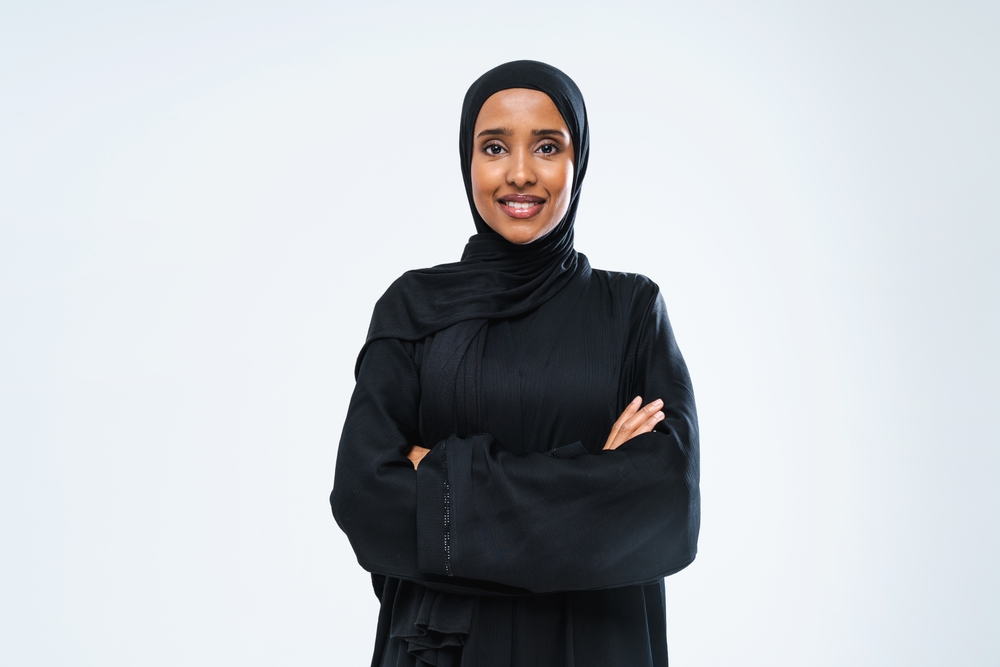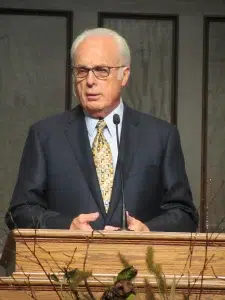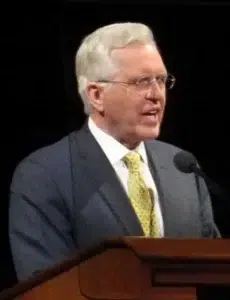Minneapolis is home to the largest Somali community in the United States, with an estimated 110,000 Somalis living in the state; mostly concentrated in the Twin Cities. In recent years, Minneapolis has become a focal point for difficult conversations about sexual assault and immigration. Stigma, a mistrust of authorities, and cultural taboos have contributed to the underrepoting of sexual assaults in the Somali population.
Breaking the Silence: Somali Women Speak Out
Some Somali women have begun speaking publicly about their experiences, challenging both silence within their community and the broader systems that fail to protect victims. One Somali woman told Sahan Journal in 2020, “I have suffered too long,” describing how shame and silence kept her from reporting sexual violence. Her testimony has inspired others to come forward. Organizations such as Isuroon have stepped in to provide culturally-tailored services, recognizing that many survivors need safe spaces where they can receive support without fear of ostracism.
The Dirie Case and Community Support Controversy
One case has thrust the spotlight back on community accountability, after a Somali immigrant was convicted of raping a 12-year-old girl and a prominent Minneapolis Islamic Center submitted a letter asking the court for leniency.
In July 2024, Qalinle Ibrahim Dirie Dirie was was charged with raping a 12-year-old girl. According to the criminal complaint in the case, the victim said she was playing in the backyard of her family’s home in Minneapolis when a man started talking to her from an alley behind the house. The man reportedly asked if the victim’s mother was home, and the victim said she was not. Court documents say the man left the scene for a few minutes but returned, putting his hand over her mouth, forcing her into a car, and striking her over the head. The victim said the man drove a short distance away from the home, pulled over, and sexually assaulted her. Eventually, the victim was able to run home.
On May 28 of this year, a jury found Dirie guilty of first-degree criminal sexual conduct. Currently being held in Minnesota Correctional Facility-St. Cloud, Dirie, 42, was sentenced last month by Judge Michael E. Burns to 12 years in prison, the least amount of prison time recommended by Minnesota’s sentencing guidelines for first-degree criminal sexual assault. Dirie is required to register as a predatory offender.
At his sentencing hearing, Alpha News reports that Dirie’s family submitted letters to Judge Burns, asking him to consider Dirie’s “character” when making a sentencing decision.
“[Dirie] is a deeply good man whose presence enriches the lives of those around him,” said one of the letters. “I respectfully ask that you consider his character, his contributions, and his ongoing potential when making your decision.”
In addition to the letters from family, the Al-Ihsan Islamic Center in St. Paul submitted a letter of community support on behalf of Diri to the judge, asking for leniency. The letter praised Dirie’s character and urged the judge to consider mercy despite the severity of the crime, Alpha News reported.
For many observers, including survivors and their advocates, the letter represented a painful betrayal. They argued that a respected institution’s decision to highlight the offender’s qualities rather than the harm suffered by a child sent the wrong message about where community support should lie.
The controversy over the letter overshadowed the proceedings. Critics likened the mosque’s actions to institutional failures observed elsewhere, such as churches shielding abusive priests or schools minimizing abuse allegations to protect reputations. Advocates stressed that this was not an indictment of Somali culture as a whole, but a reminder that institutions across cultures have too often defended abusers rather than victims.
Somalia’s Record on Women’s Rights
A report from the Minnesota Journal of International Law noted cautious optimism as Somali leaders began to acknowledge the scope of sexual assault and rape. However, any discussion of Somali community dynamics in Minnesota must begin by acknowledging the broader context of Somalia’s own record on women’s rights. Somalia has never ratified the Convention on the Elimination of All Forms of Discrimination Against Women (CEDAW). Most troubling is the lack of protection for victims of sexual assault and rape. Armed groups and even Somali forces have carried out rapes and beatings with near impunity, while the dysfunctional federal government has done little to address the needs of victims.
There were signs of cautious progress when Puntland, a semiautonomous region of Somailia, passed the Sexual Offenses Law (SOL) in 2016, the first Somali statute to criminalize sexual crimes. The law expanded definitions of consent and prohibited a wide range of sexual misconduct. Early enforcement saw five men sentenced to prison for gang raping a 16-year-old girl in 2017, and the opening of Somalia’s first forensic center to support sexual assault prosecutions. Yet traditional justice systems remain dominant in much of the country, where community elders often impose weak punishments such as fines or forcing victims to marry their assailants. Reports also suggest that while the SOL was written to be compatible with Sharia law, uncertainty remains about its scope and effectiveness, the Minnesota Journal of International Law states.
This backdrop helps explain why survivor advocates in Minnesota describe their work as pushing against not only local stigma but also the legacy of a homeland where sexual assault laws are weakly enforced and women’s rights are poorly protected. While many Somali Minnesotans reject these conditions, the cultural shadow of Somalia’s struggles remains a factor in how abuse is perceived and addressed in diaspora communities.
Survivors say that progress will be measured not only by services available but also by whether respected institutions put victims first.
Sexual Violence in the United States and Minnesota
Of course, sexual abuse exists in every community. An estimated one in five U.S. women and close to one in twenty men experience completed or attempted rape in their lifetime, and fewer than one in three of these assaults are ever reported to law enforcement. Around 423,000 people aged 12 and older experience sexual violence each year, with nearly nine minutes between incidents involving children in particular. Children are especially vulnerable: one in five girls and one in twenty boys is sexually abused before age 18, and about 28 percent of U.S. youth aged 14–17 have been victimized.
In Minnesota, reporting remains low as well; statewide data shows that only a fraction of assaults are disclosed to authorities or institutions, a reality reflected nationwide both in under-reporting and in low prosecution and conviction rates.
Assimilation, Multiculturalism, and the Future
Still, the episode reignited debate about assimilation and cultural norms. Somalia itself has lacked a fully functioning central government for decades, with much of the country long ruled by warlords and informal power structures. Some argue those conditions shaped social attitudes in ways that differ from Western legal and cultural expectations. The challenge in Minneapolis is whether such attitudes will be left unchallenged or whether community voices will rise to demand accountability and protection for the vulnerable.
The debate has become part of the wider conversation about immigration and multiculturalism. The United States has long been built on immigrants, but questions about assimilation and cultural conflict continue to surface. Survivors in Minneapolis who are breaking the silence are proving that assimilation does not mean erasing identity. Instead, it means demanding dignity, justice, and safety for all, no matter their cultural background.
If you or someone you know has been harmed in an institutional setting, resources are available. Read our Institutional Sexual Abuse Lawsuit Guide to understand your rights and options.




